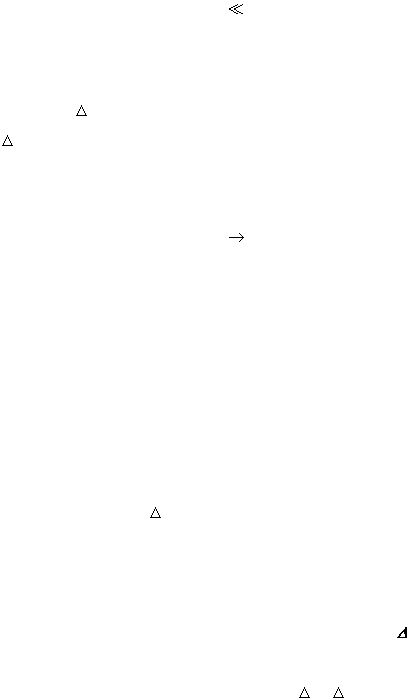
S-8
EXPERIMENTAL METHOD
The formation of iodine through the reaction in this experiment had been described earlier by equation
(1):
2 I
-
(aq)
+ S2O
8
2-
(aq)
2 SO
4
2-
(aq)
+ I
2(aq)
(1)
The presence of I2 in the solution can be detected by the addition of some starch, which gives a deep
blue colored complex with I2. The initial concentrations [S2O
8
2-
] and [I
-
] are known, but the change in
concentration of iodine (
[I2]) can only be determined if we know how much I2 is formed in a given
time period (
t). This change is difficult to measure directly, but it can be accomplished indirectly. To a
solution of known concentrations of S2O
8
2-
(aq)
and I
-
(aq)
, you will add a known small amount of sodium
thiosulfate, Na2S2O3. The thiosulfate ion, S2O3²
-
(aq)
, reacts extremely rapidly with iodine by the reaction:
2 S2O3²
-
(aq)
+ I
2(aq)
S
4
O
6
2-
(aq)
+ 2 I
-
(aq)
(5)
The formation of I2 by reaction (1) is slow compared to reaction (5); hence I2 will be consumed quickly
by the thiosulfate ion as long as thiosulfate is present, and the blue color of the iodine/starch complex will
not appear. Once the thiosulfate ions are used up, the [I2] in solution will increase and the iodine/starch
complex will form causing a blue color to appear. Suppose you add 0.0040 mole of S2O3²
-
initially. At
the instant the blue color appears, 0.0040 mole of S2O3²
-
will have been consumed. From reaction (5),
0.0020 mole of I2 will have reacted with the thiosulfate. Therefore 0.0020 mole of I2 had been
produced by reaction (1), but immediately changed back to I
-
by the S2O3²
-
. By observing the time
lapse between mixing the reagents, and the first appearance of the blue color, we have a convenient
method to determine the time period,
t, required to form a known amount of I2.
To determine m and n in the rate law (Equation 3), a series of solutions containing different initial
concentrations of S2O
8
2-
and I
-
will be made up. Each solution will be used for only one run. For each
run, the same amount of thiosulfate, S2O3²
-
, will be added, and hence
[I2] will be the same.
However, the initial concentration of reagents will be different, so the time required to consume this
amount of thiosulfate will be different and the rate of reaction
[I2]/
t will be different. The completion
of the reaction (5) will be indicated by the appearance of the blue color.
